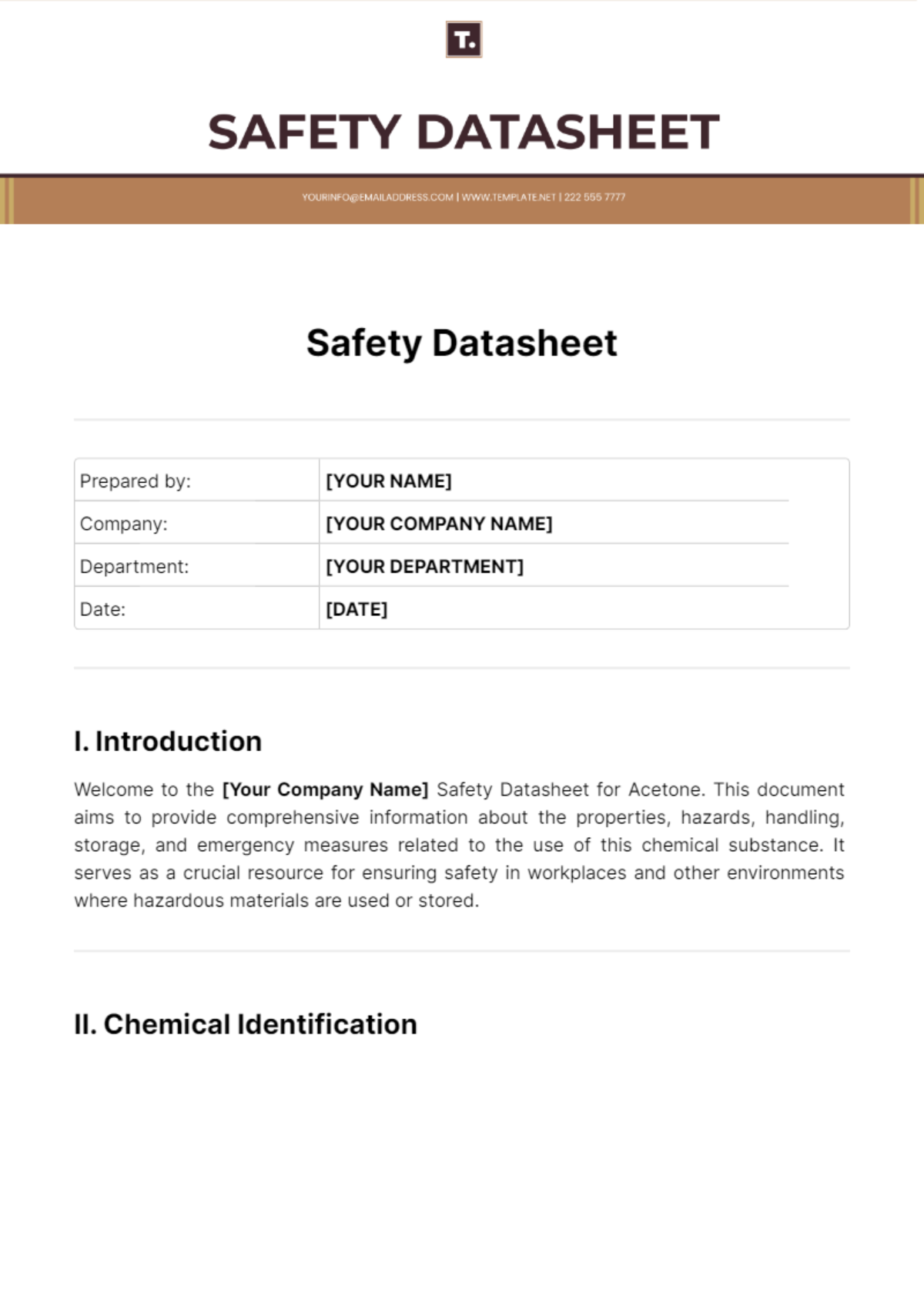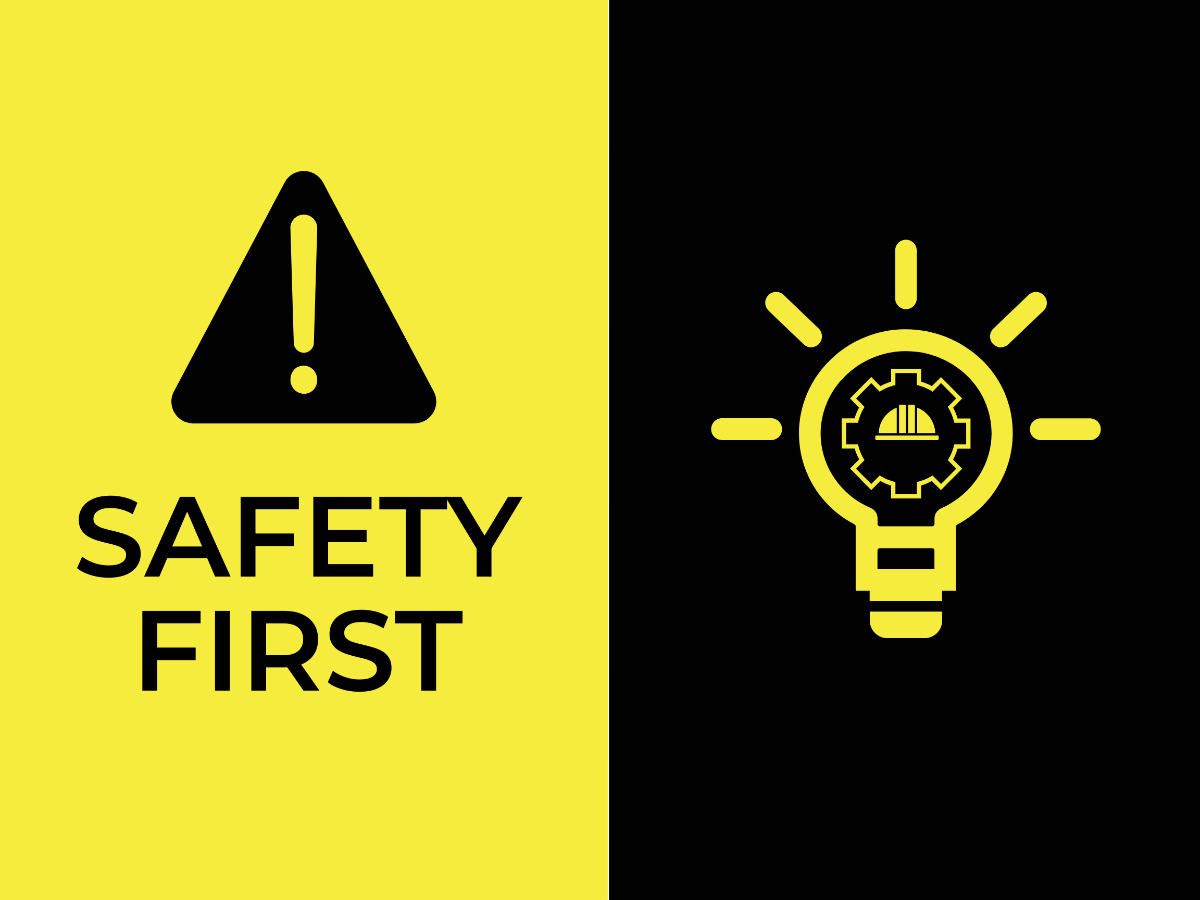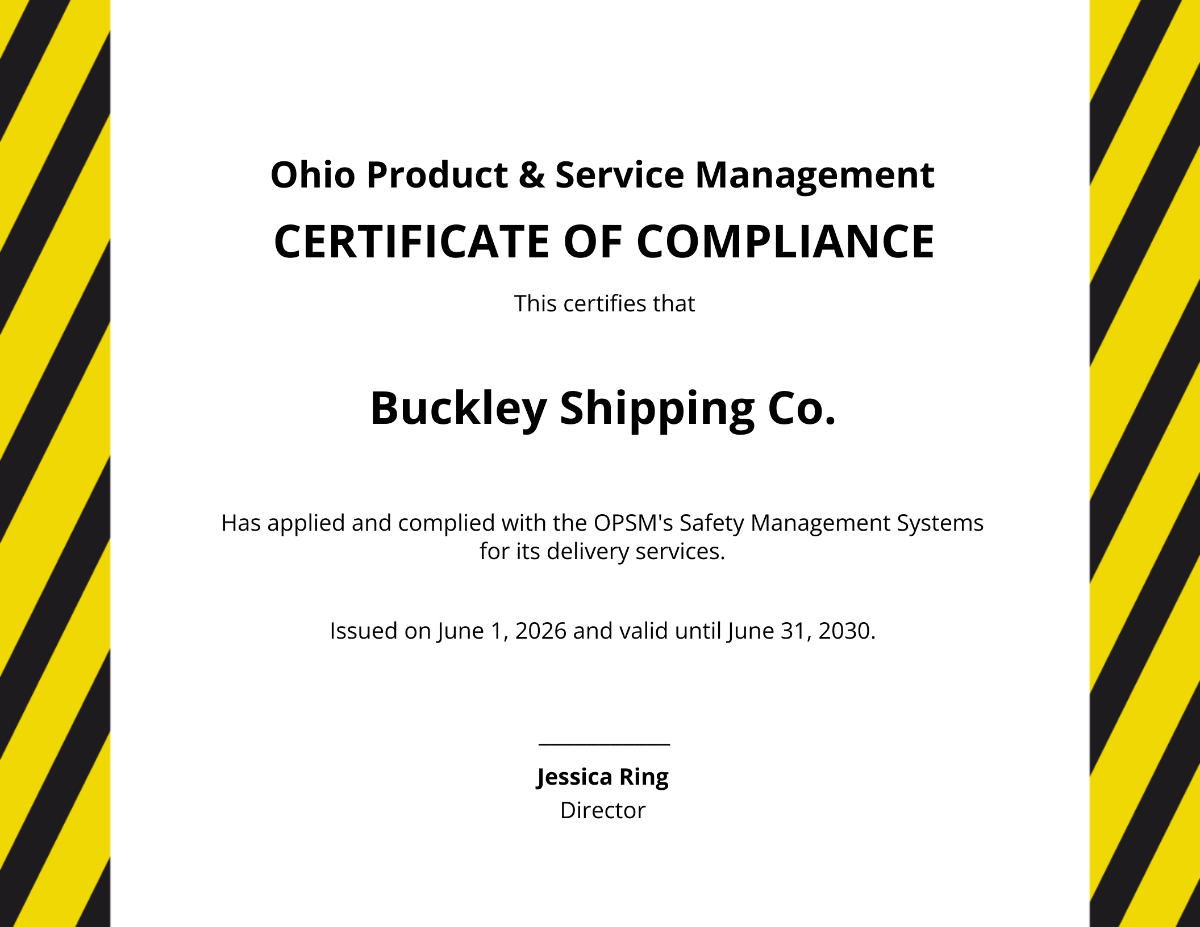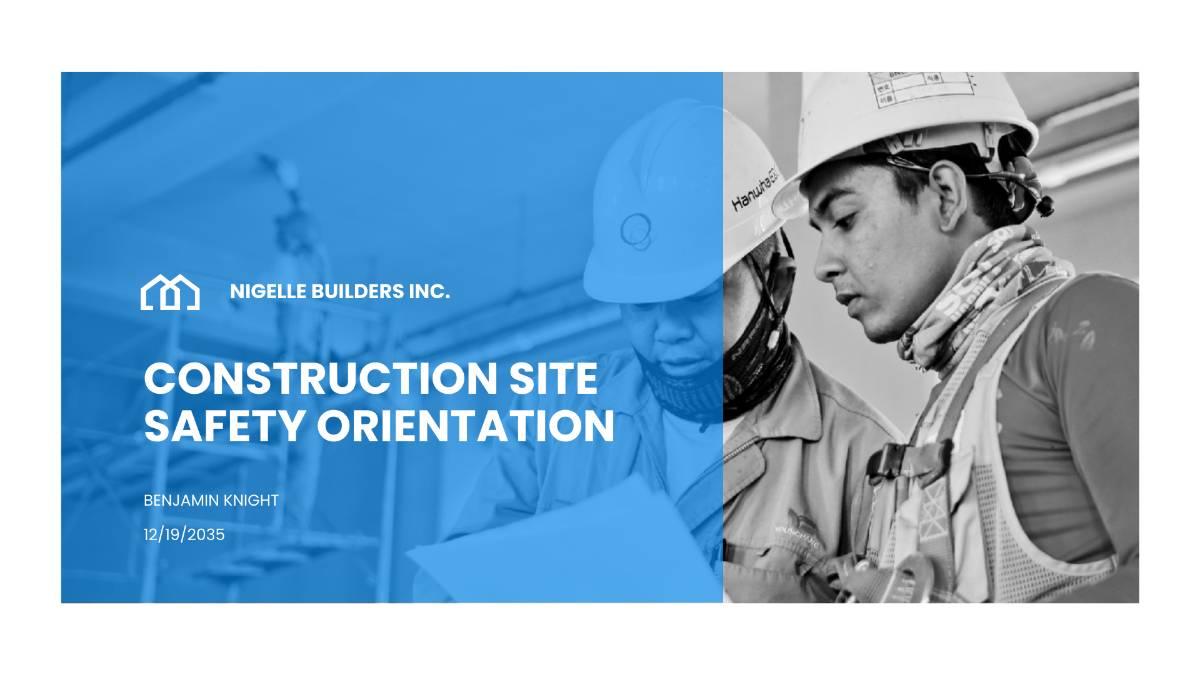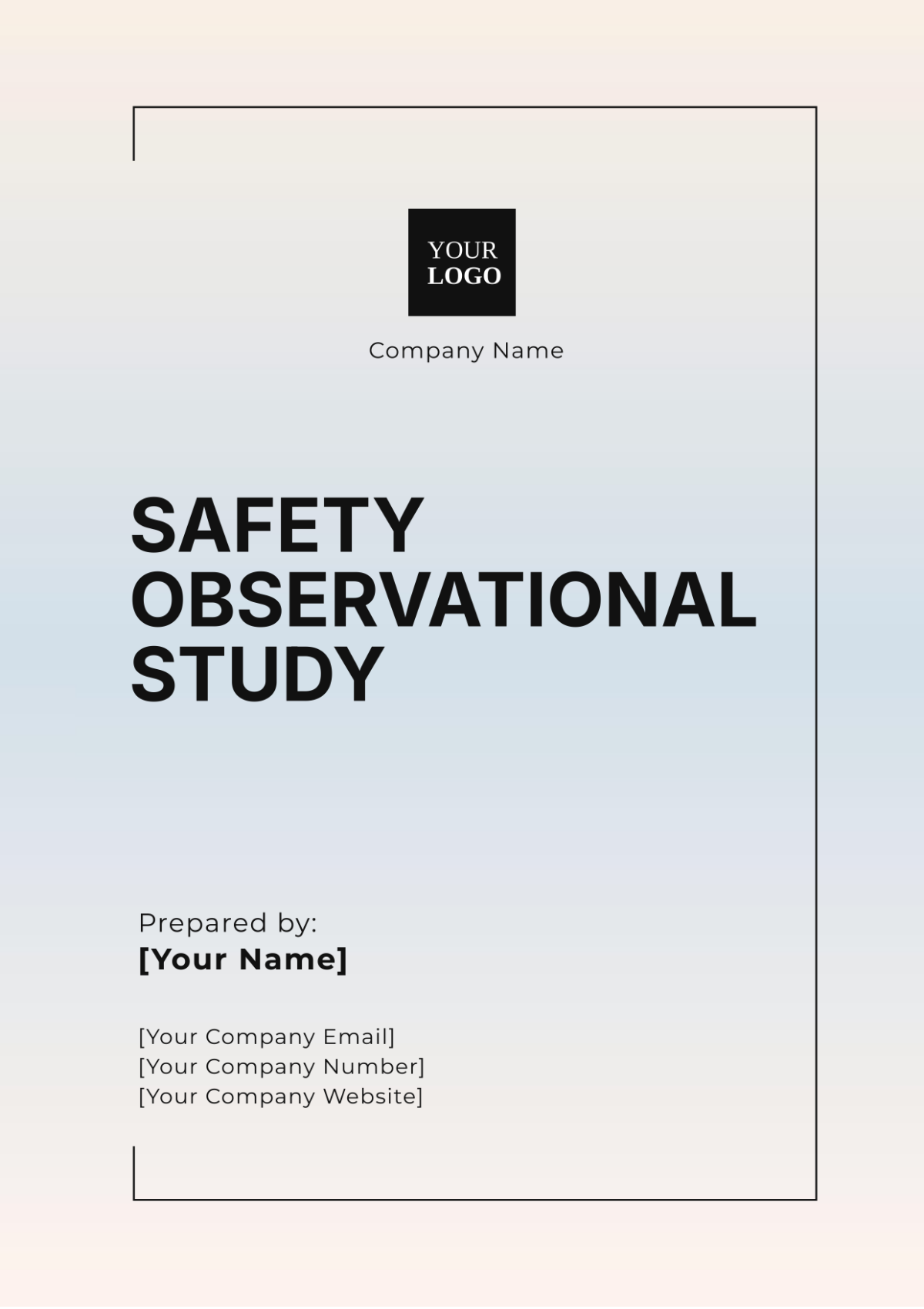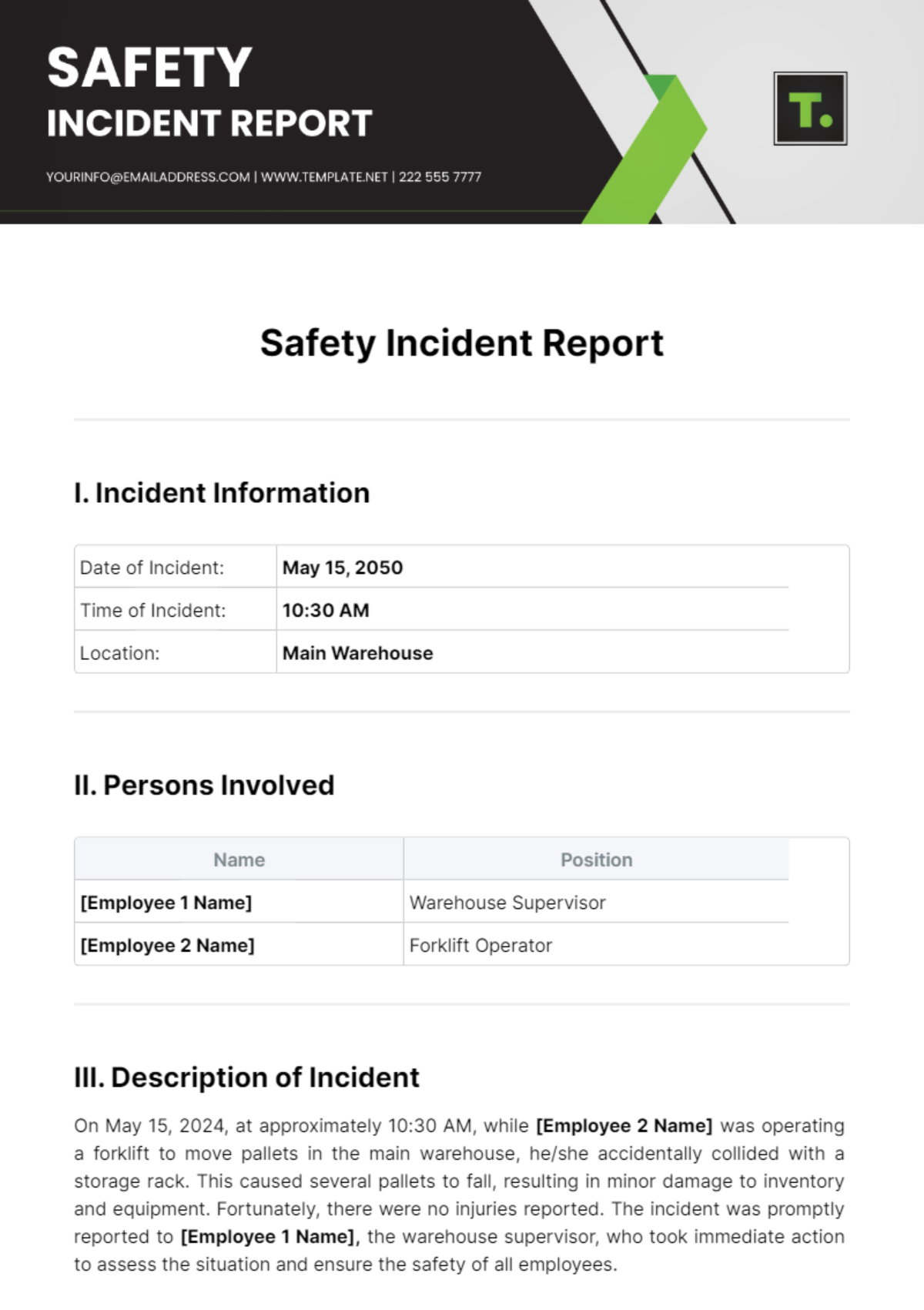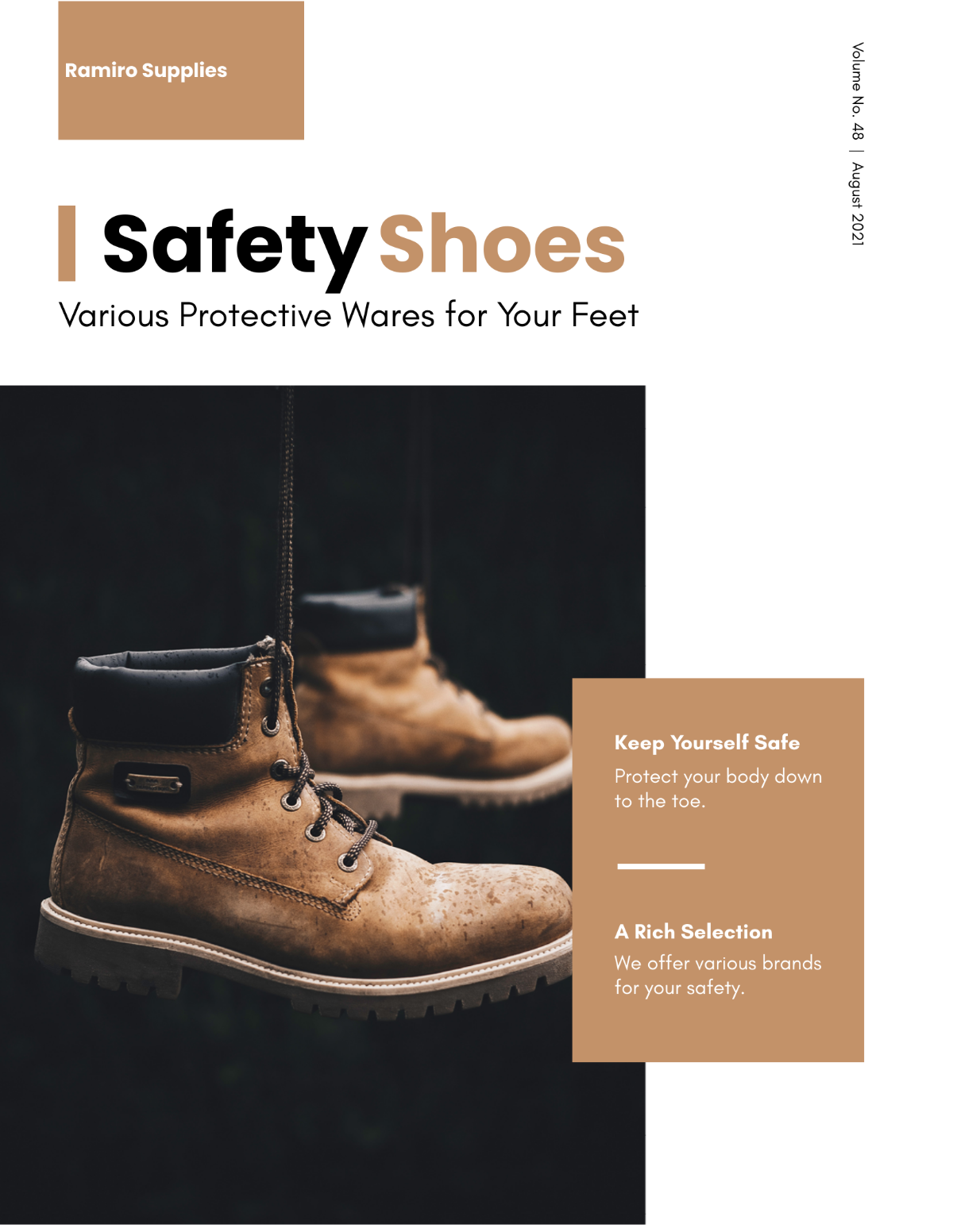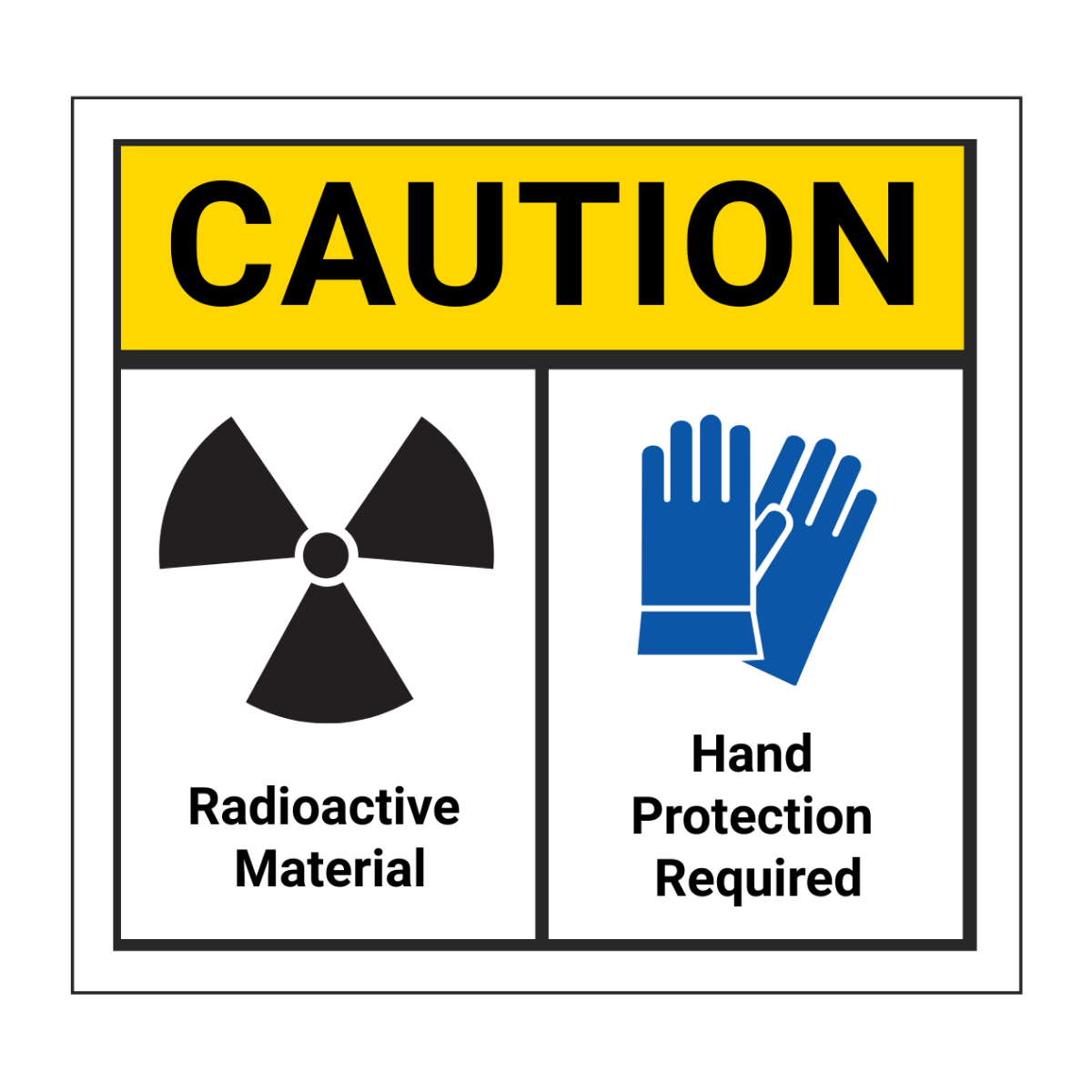Safety Audit User Guide
1. Introduction
This Safety Audit User Guide is a comprehensive framework tailored for [Your Company Name]. The primary objective of this guide is to facilitate a meticulous and systematic examination of the safety measures and practices implemented across various departments and sectors within our organization. This guide serves as a critical tool in promoting a culture of safety, ensuring not only compliance with legal and regulatory standards but also fostering an environment of proactive safety management.
In today's dynamic work environment, safety is not just a regulatory requirement but a cornerstone for sustainable business operations. Our commitment to maintaining the highest standards of safety is reflected in this guide, which provides a structured approach to conducting safety audits. By identifying potential hazards, evaluating existing safety protocols, and suggesting improvements, this guide aims to mitigate risks and enhance the overall safety of our workplace.
This guide is structured into distinct sections, each outlining a specific aspect of the safety audit process – from pre-audit preparation to post-audit follow-ups. The inclusion of detailed checklists, clear audit criteria, and comprehensive record-keeping advice ensures that the audit process is thorough and effective.
Designed to be user-friendly and practical, this guide is an essential resource for audit teams, safety officers, and all employees of [Your Company Name]. It encourages a collaborative and informed approach to safety, reinforcing our commitment to creating a secure and healthy work environment for everyone.
Your active participation and feedback in this safety audit process are invaluable. Together, we can uphold the highest safety standards and continue to foster a safe and productive workplace.
2. Scope and Objectives of the Safety Audit
The Safety Audit is a critical component in maintaining and enhancing the safety standards at [Your Company Name]. This chapter delineates the scope and enumerates the key objectives of the Safety Audit, offering a clear blueprint for what the audit seeks to accomplish. Our comprehensive audit approach is designed not only to assess and ensure compliance but also to identify areas for improvement and strengthen overall safety management.
Objective
The primary goal of the Safety Audit is to create a safe, compliant, and efficient work environment.
Objective | Description |
Compliance Assessment | Evaluate compliance with laws, regulations, and internal policies. |
Risk Identification | Identify potential safety hazards and risk factors in the workplace. |
Process Improvement | Recommend improvements in safety procedures and practices. |
Employee Awareness | Enhance employee awareness and understanding of safety protocols. |
Emergency Preparedness | Assess the readiness for emergency situations. |
Through this audit, [Your Company Name] demonstrates its unwavering commitment to safety, proactively seeking ways to protect its employees, customers, and stakeholders. The findings and recommendations from this audit will guide our path towards a safer and more secure workplace.
3. Safety Audit Team Composition
The effectiveness of the Safety Audit at [Your Company Name] is largely dependent on the composition and capabilities of the audit team. This chapter introduces the roles and responsibilities of the Safety Audit Team, a group of professionals selected for their expertise, experience, and ability to contribute diverse perspectives to the audit process. The team's composition is strategically designed to encompass a comprehensive understanding of various aspects of the organization's operations and safety protocols.
Role and Responsibility
Each member of the Safety Audit Team plays a pivotal role, contributing unique insights and expertise to the audit process:
Role | Responsibility |
Team Leader | Oversee the audit process and ensure objectives are met. |
Safety Expert | Provide expertise on safety standards and regulations. |
Operations Representative | Represent operational perspectives and insights. |
HR Representative | Address employee safety concerns and training. |
This diverse and skilled team is essential for conducting a thorough and effective Safety Audit. Their collective efforts will provide a well-rounded assessment of the organization's safety protocols, leading to meaningful improvements in the safety and well-being of all employees at [Your Company Name].
4. Audit Procedure
The Audit Procedure is a critical phase in the Safety Audit process at [Your Company Name]. This chapter outlines the structured approach taken during the different stages of the audit to ensure a comprehensive and effective evaluation of the safety practices within the organization. The procedure is divided into three key phases: Pre-Audit Preparation, On-Site Audit, and Post-Audit Activities. Each phase is critical in its own right and contributes significantly to the overall success of the audit.
Phase | Activities | Description |
Pre-Audit Preparation | Review of past audits and safety records. | Assess previous audit outcomes and existing safety records to identify focus areas for the current audit. |
Development of an audit checklist. | Create a comprehensive checklist to guide the audit process, ensuring all relevant areas are covered. | |
Scheduling and notifying departments. | Coordinate with departments to schedule the audit and ensure all relevant parties are informed and prepared. | |
On-Site Audit | Physical inspection of facilities and equipment. | Conduct thorough inspections to assess the physical condition of the workplace and safety of equipment. |
Interviews with employees. | Engage with employees to gather insights on safety practices and potential concerns from their perspective. | |
Documentation review. | Examine safety-related documents, including policies, training records, and incident reports, for compliance and effectiveness. | |
Post-Audit Activities | Data analysis and findings consolidation. | Analyze the data collected during the audit to identify trends, issues, and areas for improvement. |
Drafting audit report. | Compile the findings and recommendations into a comprehensive audit report for review by management and relevant stakeholders. |
This structured approach ensures that the Safety Audit is thorough, covering all aspects of safety within the organization. Each phase builds upon the previous, culminating in a detailed report that provides actionable insights for enhancing workplace safety at [Your Company Name].
5. Audit Criteria and Checklists
The Safety Audit at [Your Company Name] employs specific criteria and checklists to ensure a thorough and effective evaluation of workplace safety. This section details the key audit criteria, accompanied by checklists with sample answers and spaces for customized responses. The criteria focus on compliance with OSHA standards, the adequacy of safety training programs, and the effectiveness of emergency procedures.
5.1 Compliance with OSHA Standards
No. | Criteria | Yes | No |
1. | Are all required OSHA osters displayed? | ||
2. | Is there access to Material Safety Data Sheets (MSDS) for all chemicals? | ||
3. | Are regular safety meetings conducted? | ||
4. | Are safety equipment and personal protective equipment (PPE) available and in good condition? | ||
5. | Are accident records maintained and reviewed? |
5.2 Adequacy of Safety Training Programs
No. | Criteria | Yes | No |
1. | Are all employees provided with initial safety training? | ||
2. | Is refresher training conducted regularly? | ||
3. | Are training records kept and up-to-date? | ||
4. | Do training programs cover emergency procedures? | ||
5. | Are supervisors trained in safety leadership? |
5.3 Effectiveness of Emergency Procedures
No. | Criteria | Yes | No |
1. | Are emergency evacuation routes clearly marked and known to all employees? | ||
2. | Is there a designated assembly point in case of evacuation? | ||
3. | Are regular emergency drills conducted? | ||
4. | Are emergency contact numbers displayed and easily accessible? | ||
5. | Is emergency equipment (e.g., fire extinguishers, first aid kits) regularly inspected and easily accessible? |
These checklists serve as a guide to systematically evaluate the key aspects of workplace safety at [Your Company Name]. Auditors can use these tools to record observations and make notes for further action. The use of sample answers provides a baseline for comparison, while the space for 'Your Answer' allows for customization based on the specific conditions and practices within the organization.
6. Reporting and Follow-Up
The Reporting and Follow-Up phase is a critical component of the Safety Audit process at [Your Company Name]. This phase ensures that the findings from the audit are effectively communicated and that subsequent actions are taken to address any identified issues. It involves a series of steps aimed at closing the loop of the audit process, from the presentation of findings to the verification of implemented changes.
6.1 Submission of Audit Report to Management
Preparation of Report: The audit team compiles all findings, observations, and recommendations into a comprehensive audit report. This report should be clear, concise, and include actionable recommendations.
Presentation to Management: The audit report is formally presented to senior management. This presentation should highlight key areas of concern, risks identified, and suggested improvements.
Management Review: Management reviews the audit report, discusses the findings, and provides feedback. This is a collaborative process to ensure understanding and alignment on the next steps.
6.2 Development of a Corrective Action Plan
Action Plan Creation: Based on the audit report, a corrective action plan is developed. This plan outlines the steps to be taken to address the audit findings, including timelines and responsibilities.
Approval and Allocation of Resources: The action plan is reviewed and approved by management, ensuring that necessary resources are allocated for implementation.
Communication of Plan: The corrective action plan is communicated to all relevant stakeholders to ensure awareness and coordination in implementation.
6.3 Follow-Up Audits to Ensure Implementation
Scheduling of Follow-Up Audits: Follow-up audits are scheduled to assess the implementation of the corrective actions. These audits are crucial to ensure that the changes are not only implemented but are effective in addressing the initial concerns.
Monitoring and Reporting: Regular monitoring and reporting on the progress of the corrective actions are conducted. This ongoing evaluation helps to identify any areas that may require additional attention or adjustment.
Continuous Improvement: Follow-up audits are part of the continuous improvement process. They provide an opportunity to assess the effectiveness of changes and to make further improvements in the safety practices at [Your Company Name].
The Reporting and Follow-Up phase is essential for the efficacy of the Safety Audit process. It ensures that the audit is not just an assessment, but a catalyst for ongoing improvements in workplace safety and compliance.
7. Safety Audit Record Keeping
Effective record keeping is a cornerstone of the Safety Audit process at [Your Company Name]. This chapter outlines the systematic approach to managing and preserving essential audit-related documents. Maintaining accurate and accessible records is crucial not only for legal compliance but also for monitoring the progress and effectiveness of safety measures over time. This record-keeping protocol ensures that vital information is readily available for reference, review, and continuous improvement of safety practices within the organization.
The table below specifies the types of documents to be retained, the duration of their retention, and their designated storage locations:
Document Type | Retention Period | Location | Purpose & Importance |
Audit Reports | 5 years | [Your Company Address] | Audit reports provide a historical record of findings and recommendations, crucial for tracking improvements and compliance over time. |
Safety Training Records | 3 years | Online / HR Department | These records demonstrate the organization's commitment to ongoing employee safety education and are essential for both internal reviews and external audits. |
Incident Reports | 5 years | [Your Company Address] | Incident reports are vital for analyzing trends, identifying areas of risk, and implementing preventative measures. They also serve as critical evidence in legal or regulatory proceedings. |
This record-keeping system is designed to be comprehensive and efficient, facilitating easy access and retrieval of documents. It is the responsibility of designated personnel to manage these records diligently, ensuring their integrity and confidentiality. Regular audits of the record-keeping system are recommended to ensure compliance with internal policies and external regulatory requirements.
Through meticulous record keeping, [Your Company Name] demonstrates its dedication to maintaining a safe working environment and a culture of transparency and accountability in its safety practices.
8. Appendix (Attachments)
Safety Audit Checklist
Emergency Contact Information: [Your Company Phone Number]
Additional Resources: [Your Company Website], [Your Social Media]












